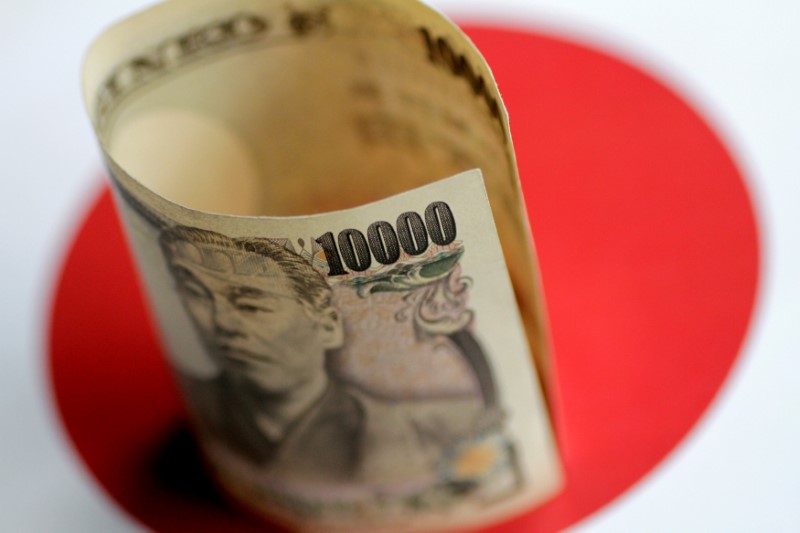By Ambar Warrick
Investing.com -- Most Asian currencies fell on Friday as markets turned cautious ahead of key U.S. labor market data due later in the day, while the Japanese yen fell after the Bank of Japan maintained its ultra-dovish stance.
The yen sank 0.4%, sticking close to its lowest levels for the year after the BOJ held interest rates at record lows, and offered no changes to its ultra-dovish policy ahead of a change in leadership at the bank.
Friday’s meeting was the last under Governor Haruhiko Kuroda, with economist Kazuo Ueda likely to take over from next month. Ueda has also signaled that monetary policy will remain accommodative in the near term, although analysts are predicting an eventual pivot by end-2023.
Separate data showed that Japanese producer price inflation eased for a second consecutive month, coming in line with the BOJ’s forecast that inflation will ease in the near-term. But the central bank’s dovish stance is likely to keep the yen muted in the near-term.
Broader Asian currencies fell, with most units set for steep weekly losses as fears of more increases in U.S. interest rates battered markets this week. Focus is squarely on nonfarm payrolls data for February, due later in the day, for more cues on U.S. monetary policy.
The Singapore dollar, South Korean won, and Taiwan dollar all lost about 0.2% each.
Any signs of resilience in the jobs market give the Federal Reserve more headroom to raise interest rates. This, coupled with hotter-than-expected inflation, is likely to drive interest rates beyond market expectations, Fed Chair Jerome Powell warned this week.
But higher-than-expected weekly jobless claims saw the dollar retreat against a basket of currencies in overnight trade, amid some hopes that the labor market was cooling.
The dollar index and dollar index futures were flat on Friday, hovering just below their strongest levels in three months.
The Chinese yuan was flat on Friday, but was set to lose 0.9% this week following a string of weak economic readings from the country. Softer-than-expected trade and inflation data indicated a potentially staggered economic recovery in China, even as the country relaxed most anti-COVID measures earlier this year.
Fears of a sluggish Chinese recovery also weighed on broader Asian currencies, given the country’s importance as a trade partner for most of the region.
